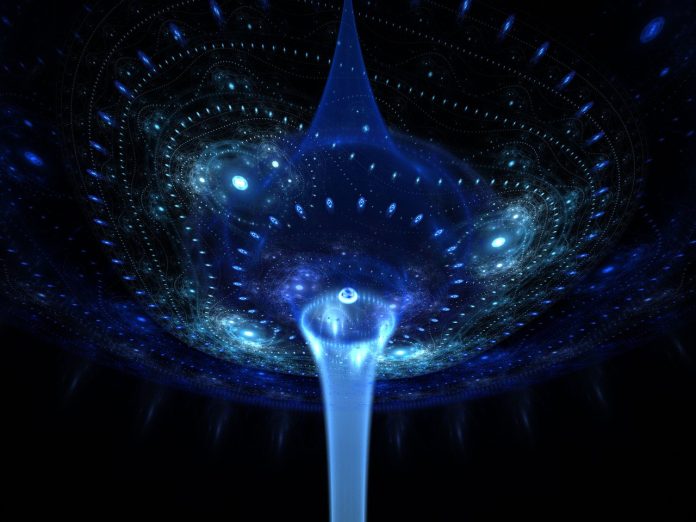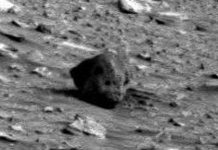
Computer simulations by a pair of researchers at the University of Edinburgh predict that a fleet of interstellar probes could explore the entire Milky Way galaxy within a fraction of the present age of Earth. This may seem like a tall order considering that our farthest interstellar spacecraft, Voyager 1, is still less than a light-day from Earth after being launched 36 years ago.
In the new simulation, however, alien probes only need to travel at 10 percent the speed of light to survey the entire galaxy within 10 million years. And, they could get a turbo-boost and save fuel by doing a slingshot off the gravitational fields of stars.
The concept of self-aware and self-replicating probes traveling across the galaxy is nothing new, however; the idea goes as far back as 1960. It was promoted by SETI pioneer Ronald Bracewell as an alternative to listening for interstellar artificial radio signals. The idea of a machine capable of cloning itself goes back at least 100 years; mathematician John von Neumann detailed the operation of such a robot in 1949.
In a recent paper, Arwen Nicholson and Duncan Forgan take the idea a step further by exploring three different scenarios of probe behavior: using standard powered flight, using gravitational slingshot techniques around stars, and hop scotching star-by-star to get the maximum speed boost under slingshot trajectories.
Voyager 1 and 2 zipped across the solar system with a boost form bouncing like a pinball off the gravitational fields of the massive outer planets.
“From the scaling of the probes’ performance with star number, we conclude that a fleet of self-replicating probes can indeed explore the galaxy in a sufficiently short time to warrant the existence of the Fermi Paradox,” the team reports.
The Fermi Paradox — where nuclear physicist Enrico Fermi asked the rhetorical question “where are they?” (extraterrestrials) — ponders why we have no evidence of alien visitations. For the UFO buffs, let me flatly say this does not mean pointy-eared aliens should be here and now, but instead suggests occasional visits over geologic time by virtually immortal robots.
The team’s simulations mean that our solar system should have been visited — perhaps more than once — well-before the dawn of man. Their alien builders might have been motivated to have the machines go stealthy and cover their tracks once a planetary system survey is completed.

In Arthur C. Clarke’s 1972 novel, Rendezvous With Rama, star-hopping aliens are pretty blatant. A giant cylindrical space ark enters the solar system. An astronaut survey team explores its dark, ghostly, interior hibernating city. Humans finally realize that the mothership is not stopping for a visit, but simply using the sun’s gravity to get a boot to destinations unknown.
Rama aside, don’t look for ‘spent’ or destroyed probes because visiting robots might definitely go green by not leaving behind any trash from their sorties. They would also have ability to self-repair during long interstellar voyages, and self-replicate with the ultimate 3D printer.
In a sprint across the galaxy a civilization may send out a few probes that would be programmed to choose the next star they travel to according to some decision-making algorithm. Once they reach the new star system, they scan for signs of life, and create a copy of themselves. The parent and child probe each pick a new star to travel to, and the process repeats itself in a geometric progression.














